The myth of Eleonora Duse on display in Venice
One hundred years ago Eleonora Duse, actress and myth of early 20th-century Italy, left us. And one hundred years after her passing, in Venice, the city to which the divine was always linked, Palazzo Cini is dedicating an exhibition to her, from June 28 to October 13, 2024. Eleonora Duse contemporary myth is the title of the exhibition that the Institute for Theater and Melodrama has conceived in the spaces of Palazzo Cini in San Vio. The rooms on the second floor of the palace are for the occasion traversed by the traces of an extraordinary personality: clothes, objects, photographs and documents invite visitors to enter the world of Eleonora Duse.
The exhibition project is curated by the Giorgio Cini Foundation’s Institute for Theater and Melodrama, which holds the largest archive of objects and documents that belonged to the actress. The exhibition is part of the dense program of initiatives, research and events that the Institute is carrying out on the occasion of the Centenary of the death of Eleonora Duse, serving as the centerpiece of the celebrations coordinated by the National Committee established last March and funded by the Ministry of Culture.
Eleonora Duse (Vigevano, 1858 - Pittsburgh, 1924) was a revolutionary actress acclaimed by audiences around the world and a source of inspiration for the most important and refined personalities in theater and culture of the time, from Stanislavsky to Mejerchol’d, from Gordon Craig to Isadora Duncan. Duse, throughout her career, promoted a new model of the theater artist: self-aware, independent and constantly seeking new challenges.
"I will write about You who are for me the most sublime female figure of our time": it is with these words that the writer and poet Ada Negri addressed Eleonora Duse in a letter dated June 29, 1921, preserved today, along with many others, in the actress’s archives kept on theIsland of San Giorgio Maggiore.

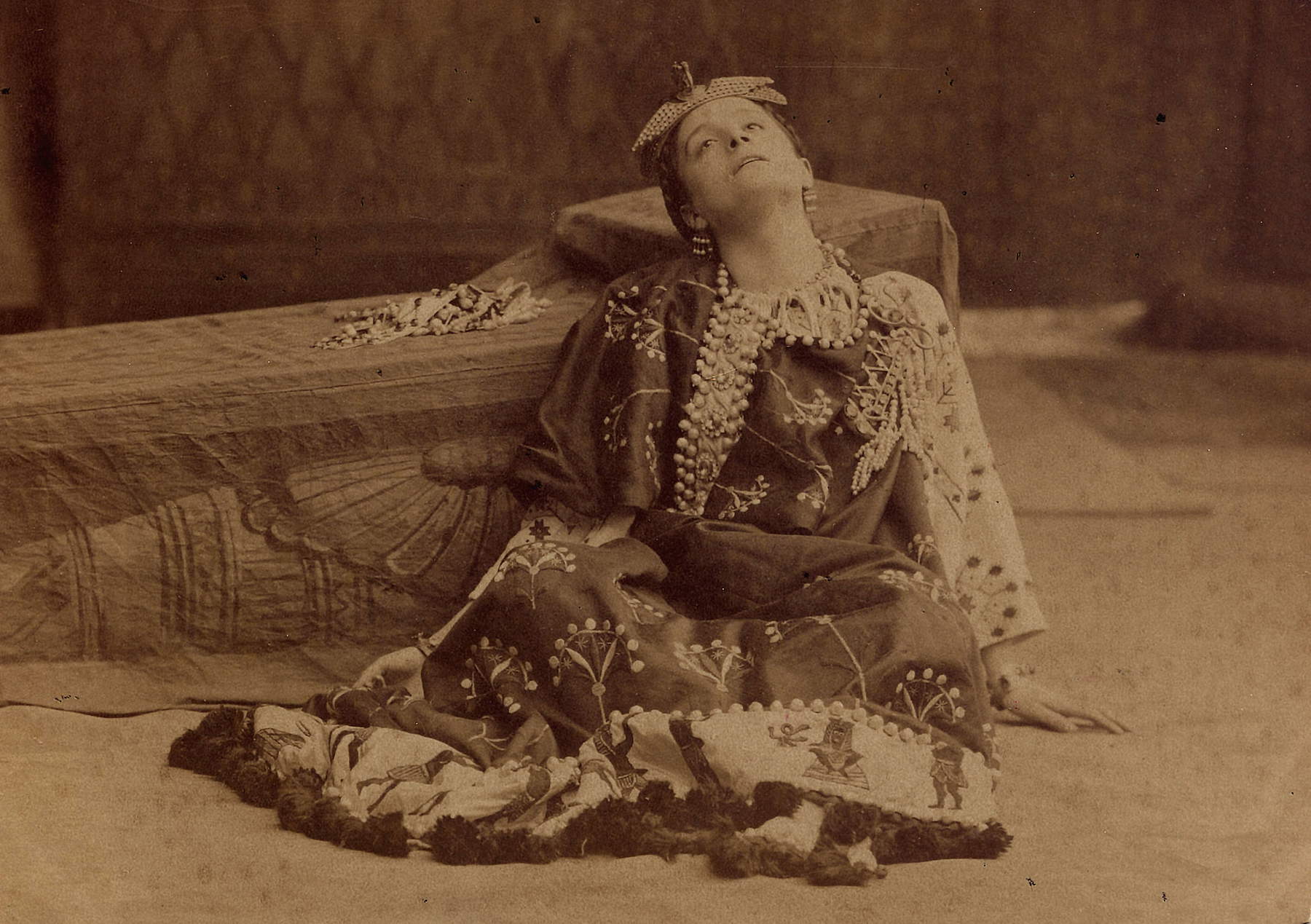
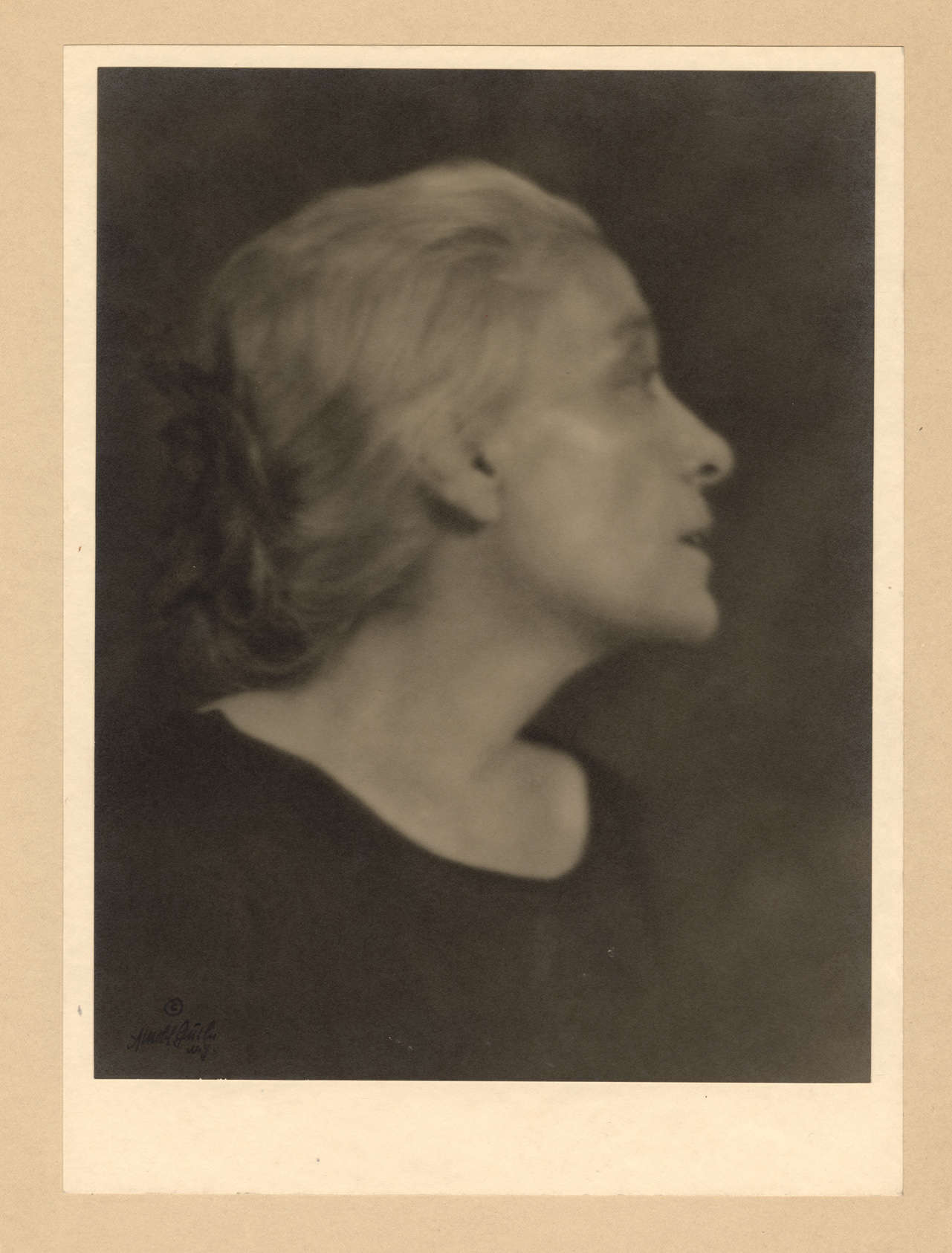
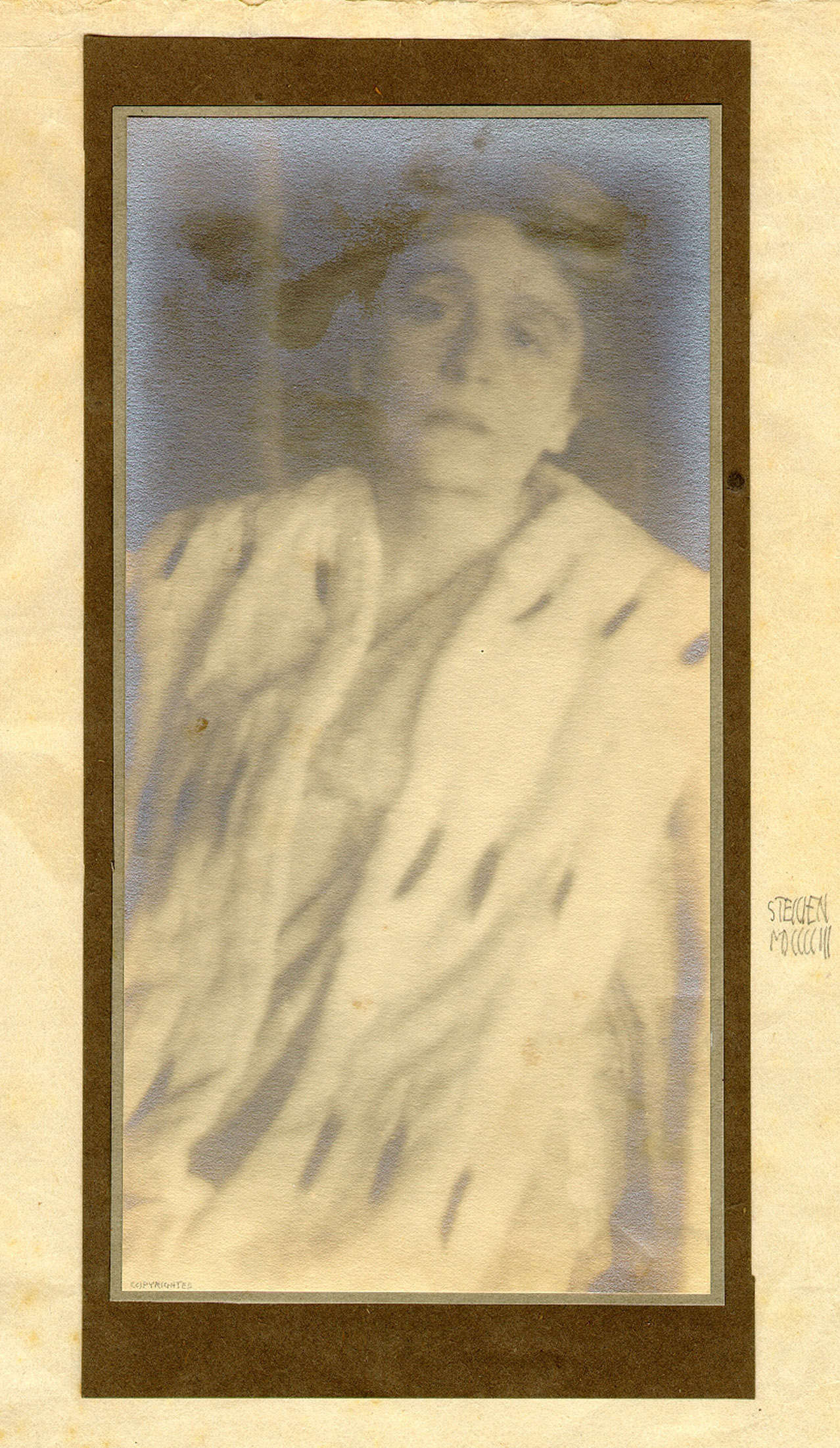
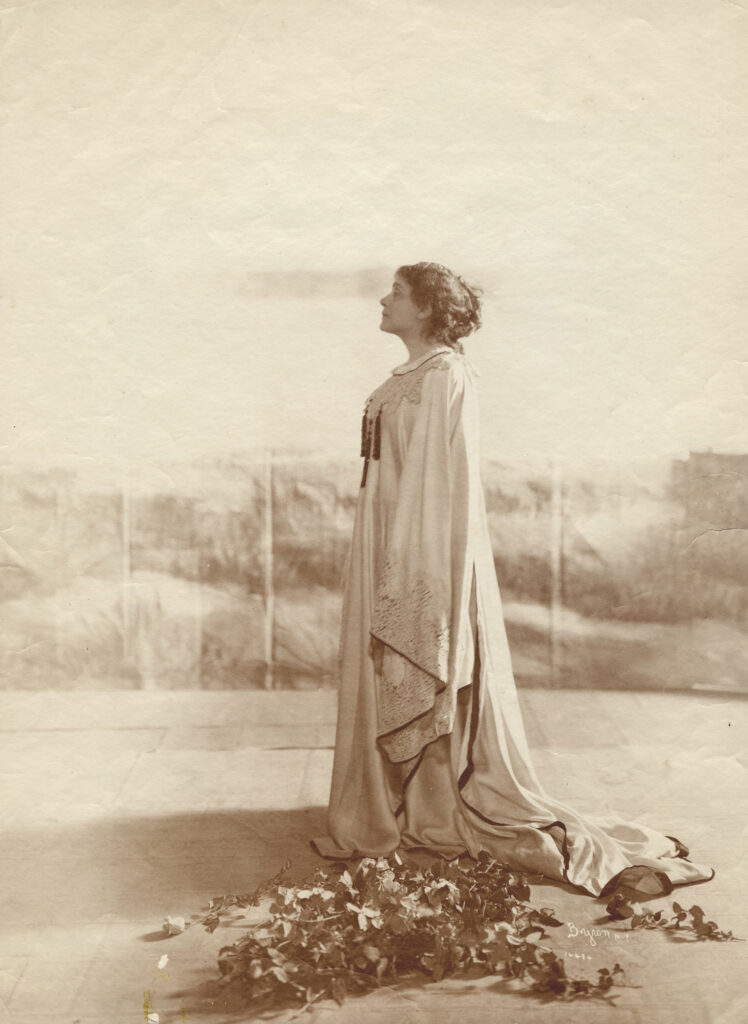
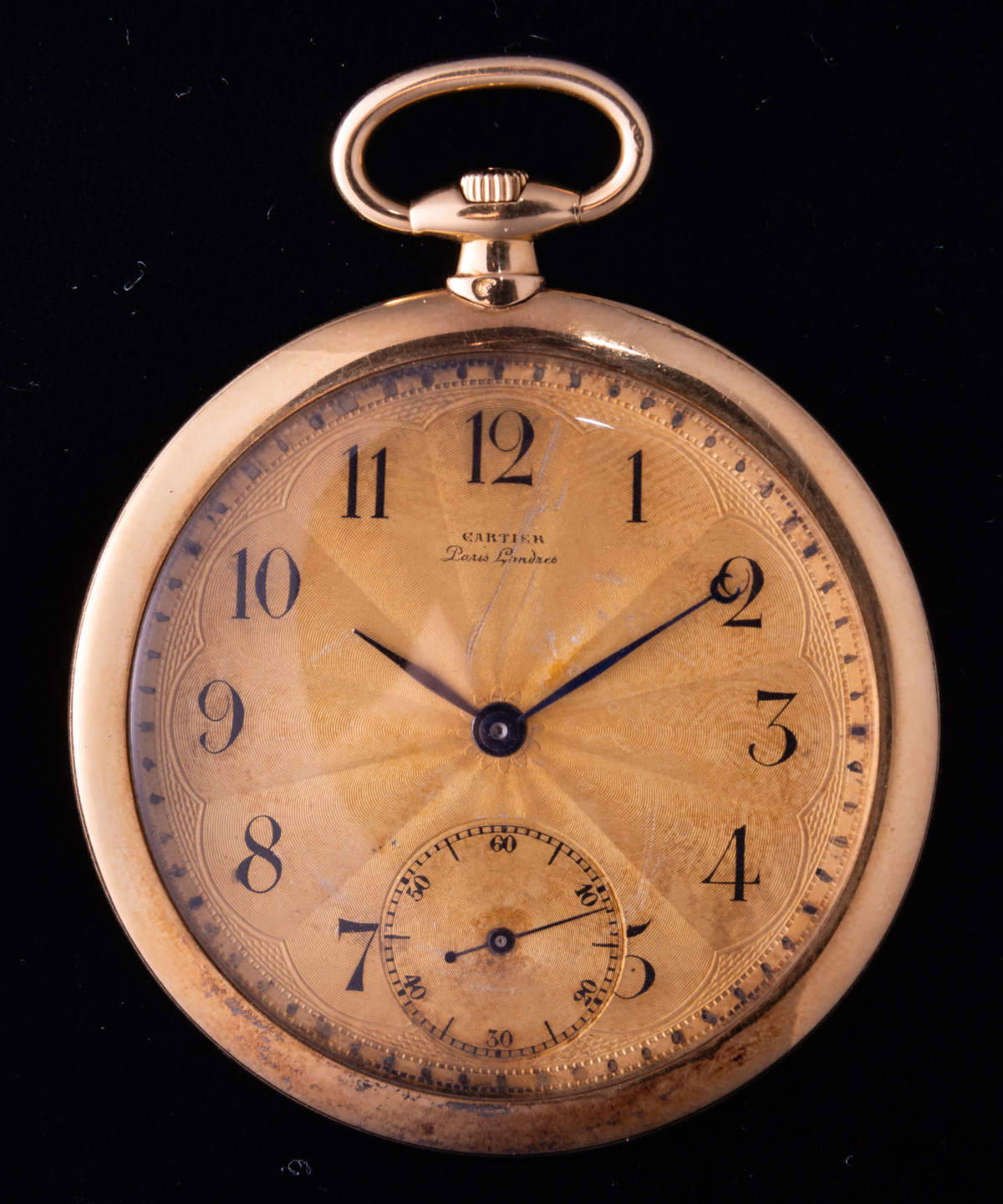
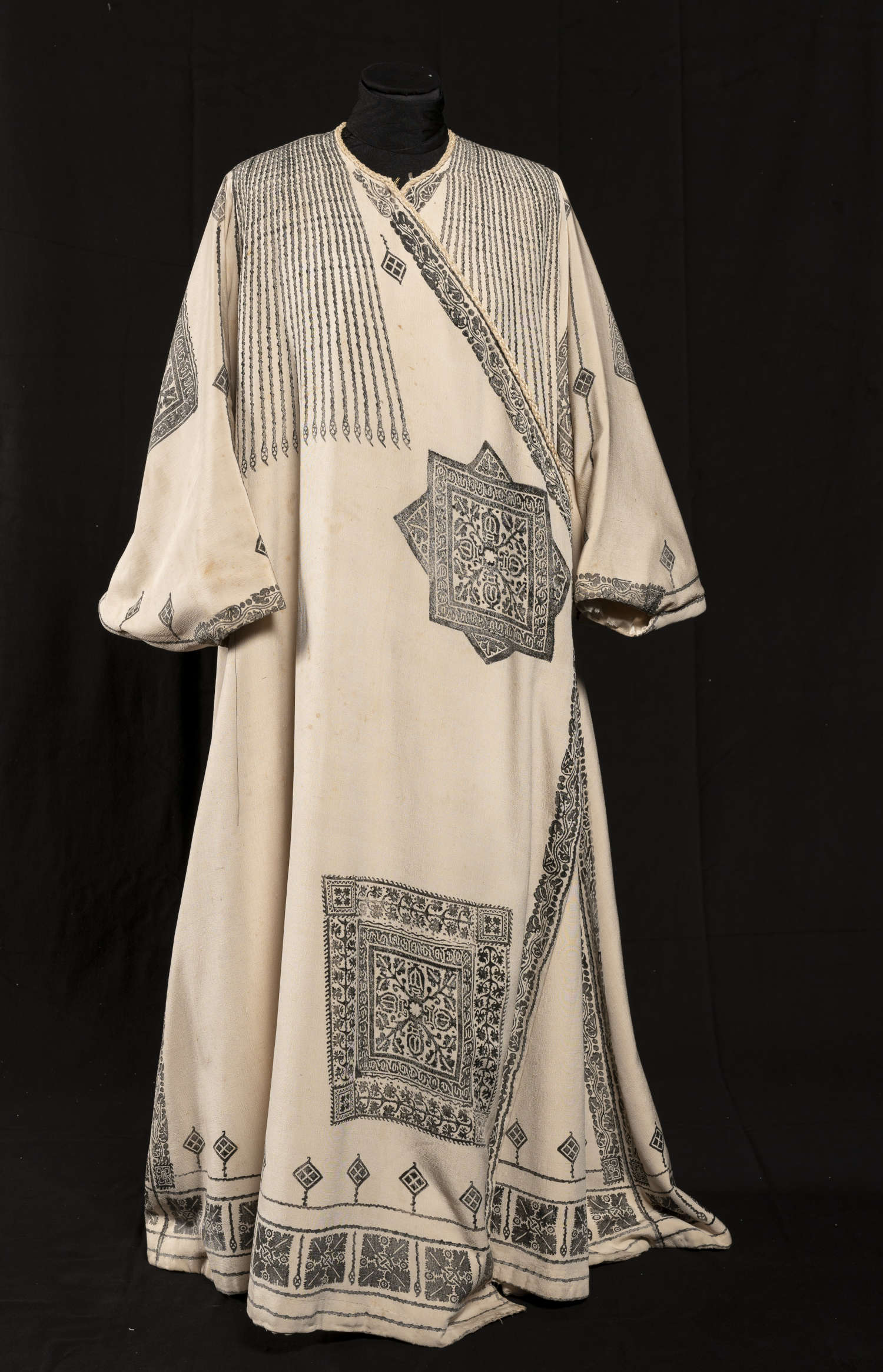
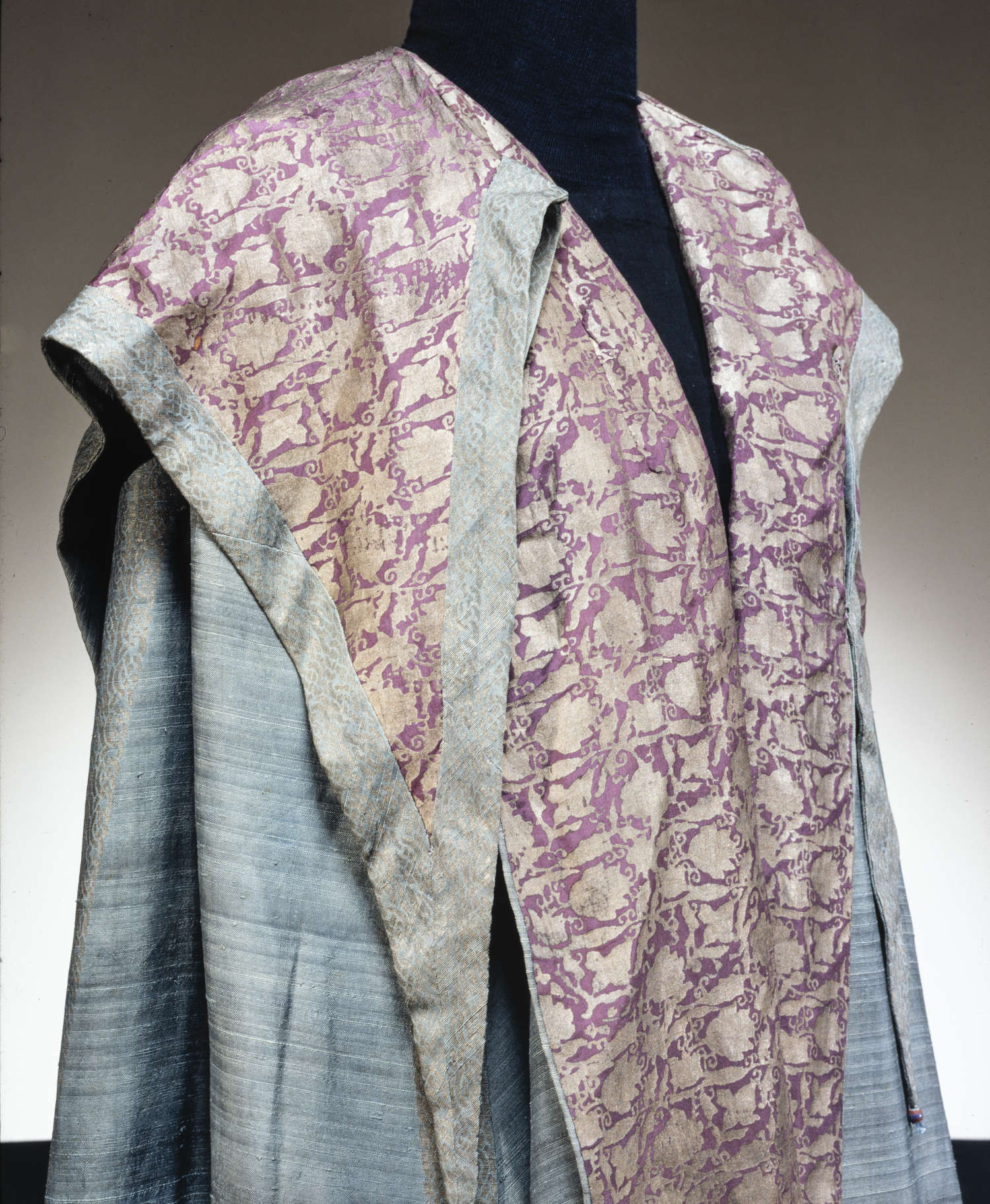
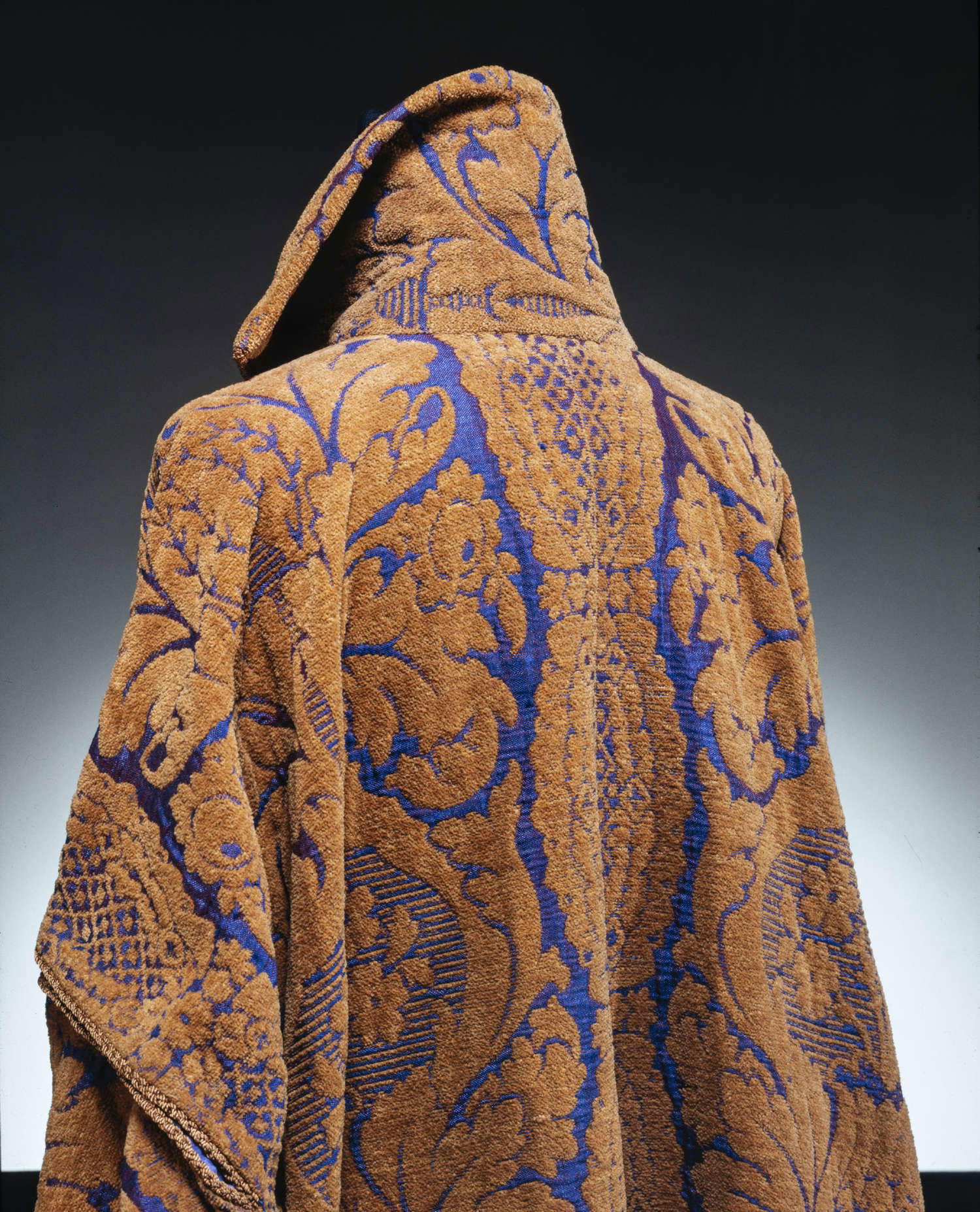
Like Ada Negri, so did other artists and intellectuals of the time recognize in Duse an indispensable point of reference for early 20th-century European culture and society. For Luigi Pirandello, the art of this extraordinary actress was “the quintessence of a pure and lived truth,” for Margherita Sarfatti she transformed “small exterior things into the grandeur of arcane symbols,” and for Charlie Chaplin she was, quite simply, “the greatest artist” he had ever seen.
“One hundred years later, Eleonora Duse remains an example of an extraordinary woman and artist, capable of profoundly affecting the evolution of the performing arts in Europe and around the world,” says Maria Ida Biggi, professor at Ca’ Foscari University Venice and director of the Institute. “She was a primadonna of Italian theater and an intelligent and refined capocomica, capable of running her own company as manager, entrepreneur and artistic director. She did so by claiming independence and authority first and foremost as a woman, in a world, yesterday as today, held firmly in male hands. One hundred years after her passing, it is a lesson that is still relevant today.”
This is also testified to by the body of objects on display. Starting with the dresses on display that it is not easy to distinguish between stage costumes and personal dresses especially when maturity, readings, and travels transformed her into a refined woman, only apparently simple.
There are ten perfectly preserved haute couture models in the exhibition that restore the charm of the era and the sophisticated taste of the sartorial language. Thus appears to us the black velvet overcoat lined in red satin, made in 1910 by the Magugliani tailor’s shop. And then two models (one of which is on public display for the first time) created by the Jean Philippe Worth atelier in the 1910s, one of the first fashion houses active between London and Paris at the turn of the century: they are two silk crepe costumes, one ivory and the other black. Of the relationship between Worth and Duse we are left with a dense correspondence partly preserved among the actress’s papers. By Paul Poiret, on the other hand, the artist who made the first form of women’s pants in the early 20th century, there is an extraordinary cotton and blue-red silk taffeta overcoat with hazelnut decorations. And finally, six garments made by Mariano and Henriette Fortuny, including some in silk taffeta, all creations made between 1909 and 1920.
Among the objects, a goldCartier watch is on display for the first time, which has engraved the two intertwined Ds, which can be interpreted as the initials Duse and D’Annunzio, and then stamps, seals and her passports.
Finally, among the photographs on display, some have become the emblems of the actress’ public image. The shot chosen as the photo-symbol for the exhibition, for example, is by Joseph Byron, the photographer who was among the first to experiment with the use of flash on stage. Taken around 1900, it captures Eleonora Duse as the female protagonist in Gabriele D’Annunzio’s La Gioconda.
Edward Steichen, recognized as one of the founders of fashion photography and photo-editor for Condé Nast, portrays Eleonora Duse in his New York studio in 1903: the actress has just finished a major tour of the U.S. and is at the height of her career. She is seen wrapped in an ermine stole reminiscent of the stage costume of Francesca da Rimini.
Twenty years later Duse contacts Arnold Genthe, portraitist of famous American figures. The actress is engaged in her last tour of the United States. It is she who seeks him out, Genthe will recount in his autobiography, “almost as if to testify to a ’photographic awareness’ on the part of Duse who, instead of passively experiencing the sessions as a purely actress’s task, in the nascent civilization of the image, personally chooses her portrait painter,” points out Marianna Zannoni, scientific coordinator of the Institute.
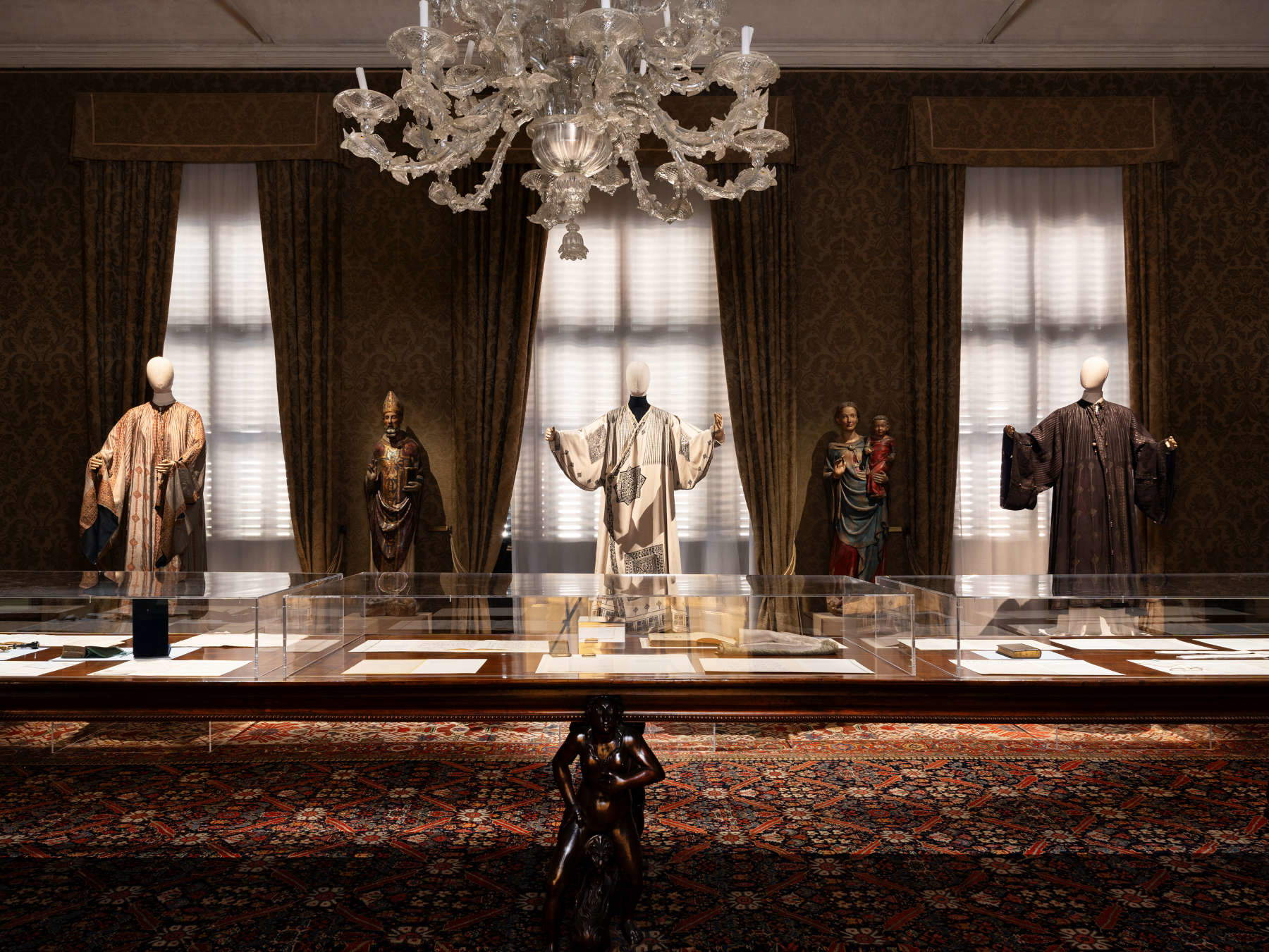
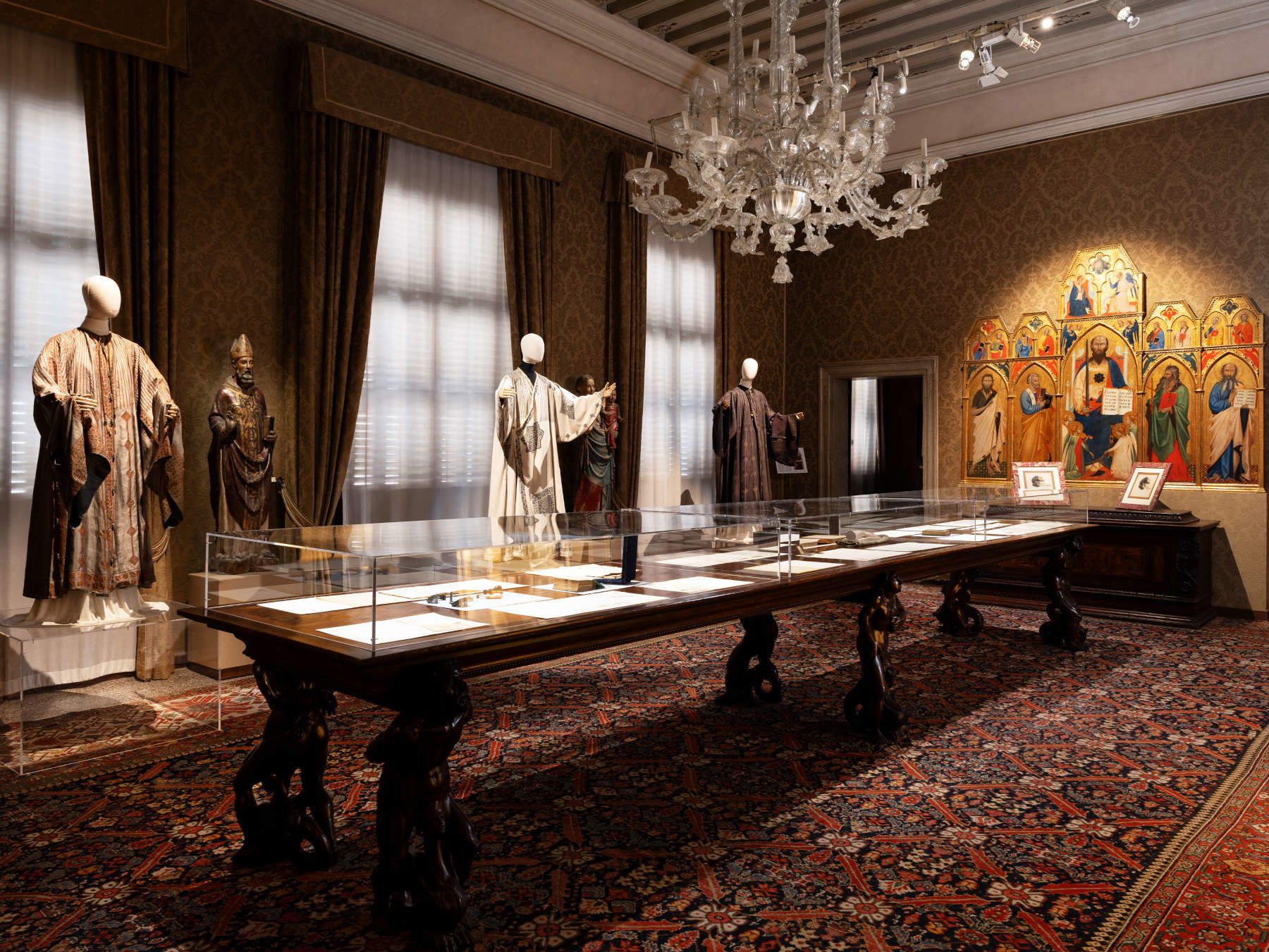
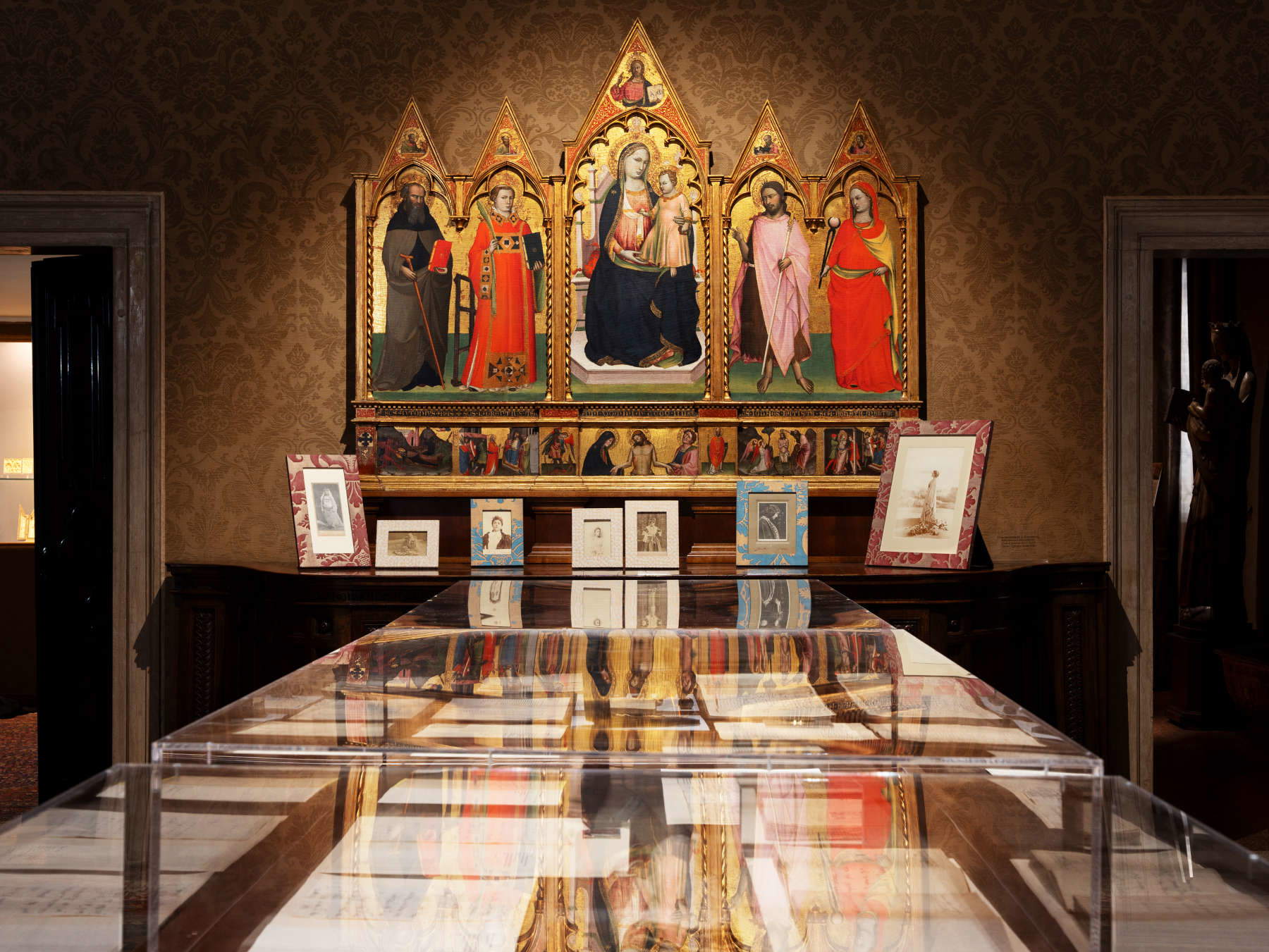
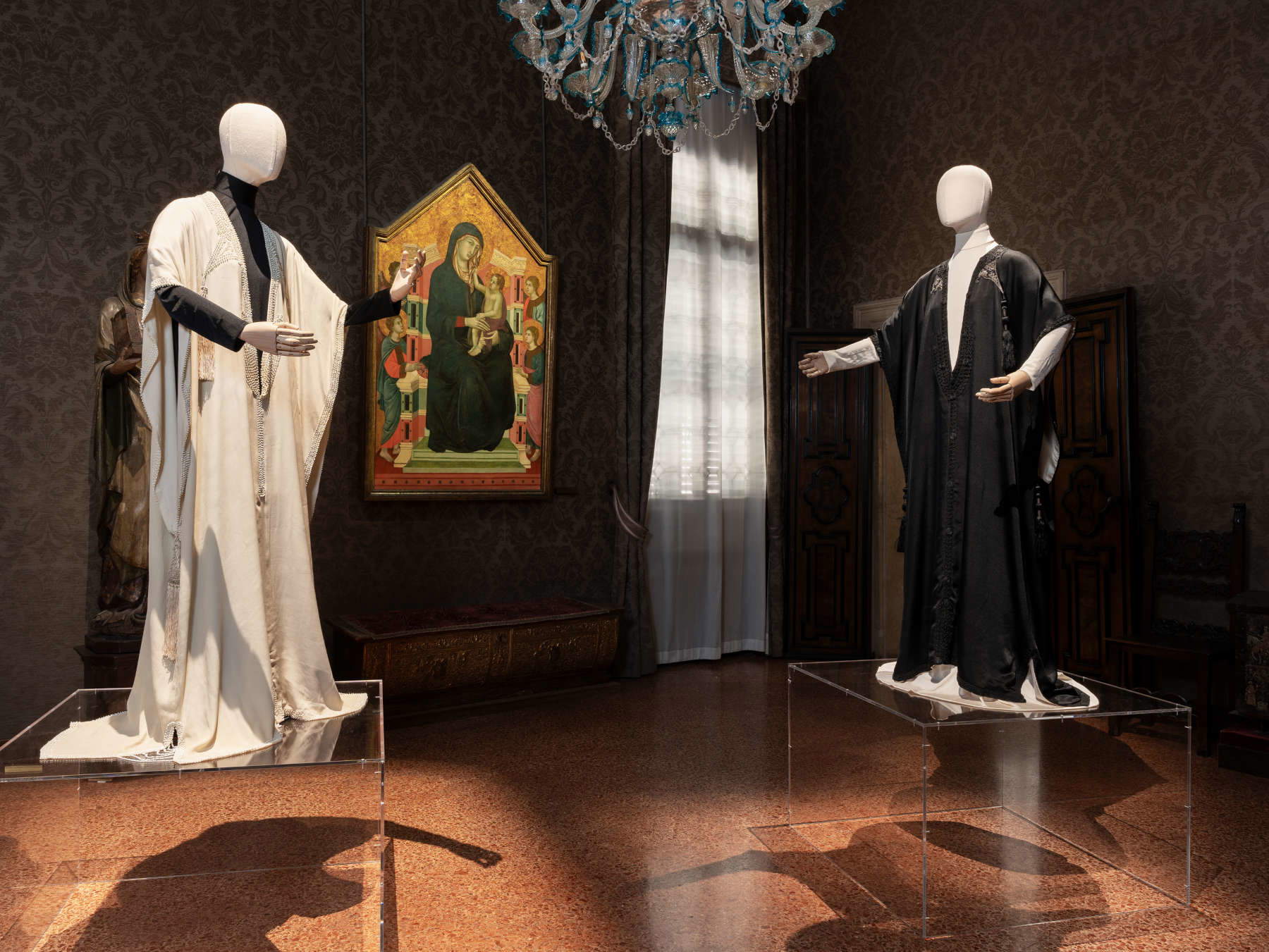
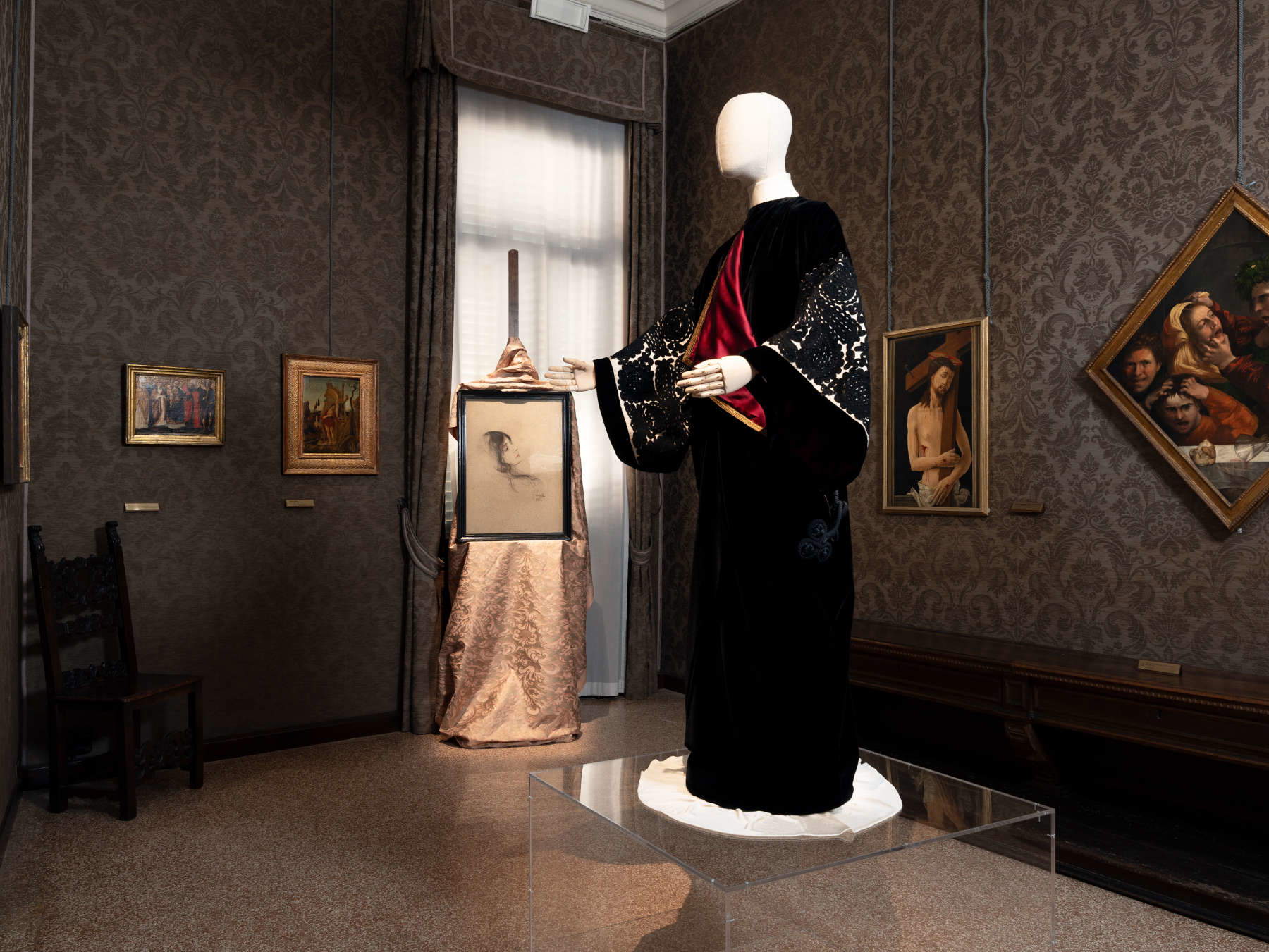
This journey into the authoritative, fascinating and daring personality of Eleonora Dusestands out even more at Palazzo Cini, among the embellished rooms of the art collections that another woman, Yana Cini Alliata di Montereale, daughter of Vittorio Cini, donated to the Foundation in 1981. What’s more, it happens while an exhibition of Martha Jungwirth (opened April 16), matriarch of Central European women painters, a pictorial voice of great strength and personality, is underway on the second floor.
“The Giorgio Cini Foundation once again demonstrates a unique ability to cross and interweave languages, histories and research,” says Renata Codello, secretary general of the Giorgio Cini Foundation. "The exhibition on Eleonora Duse and the prominence of the Institute for Theatre and Melodrama at the national level represent another opportunity for Palazzo Cini to experience itself as an important player in the country’s cultural scene.
The exhibition is part of the Giorgio Cini Onlus Foundation’s programming of activities carried out in collaboration with and supported by the Veneto Region under Regional Law No. 24 of August 3, 2021. Fortuny, a historic textile manufacturer in Venice, is a sponsor of the exhibition Eleonora Duse contemporary myth at Palazzo Cini.
The exhibition opens daily (except Tuesdays) 11 a.m. - 7 p.m. Info at +39 041 2411281
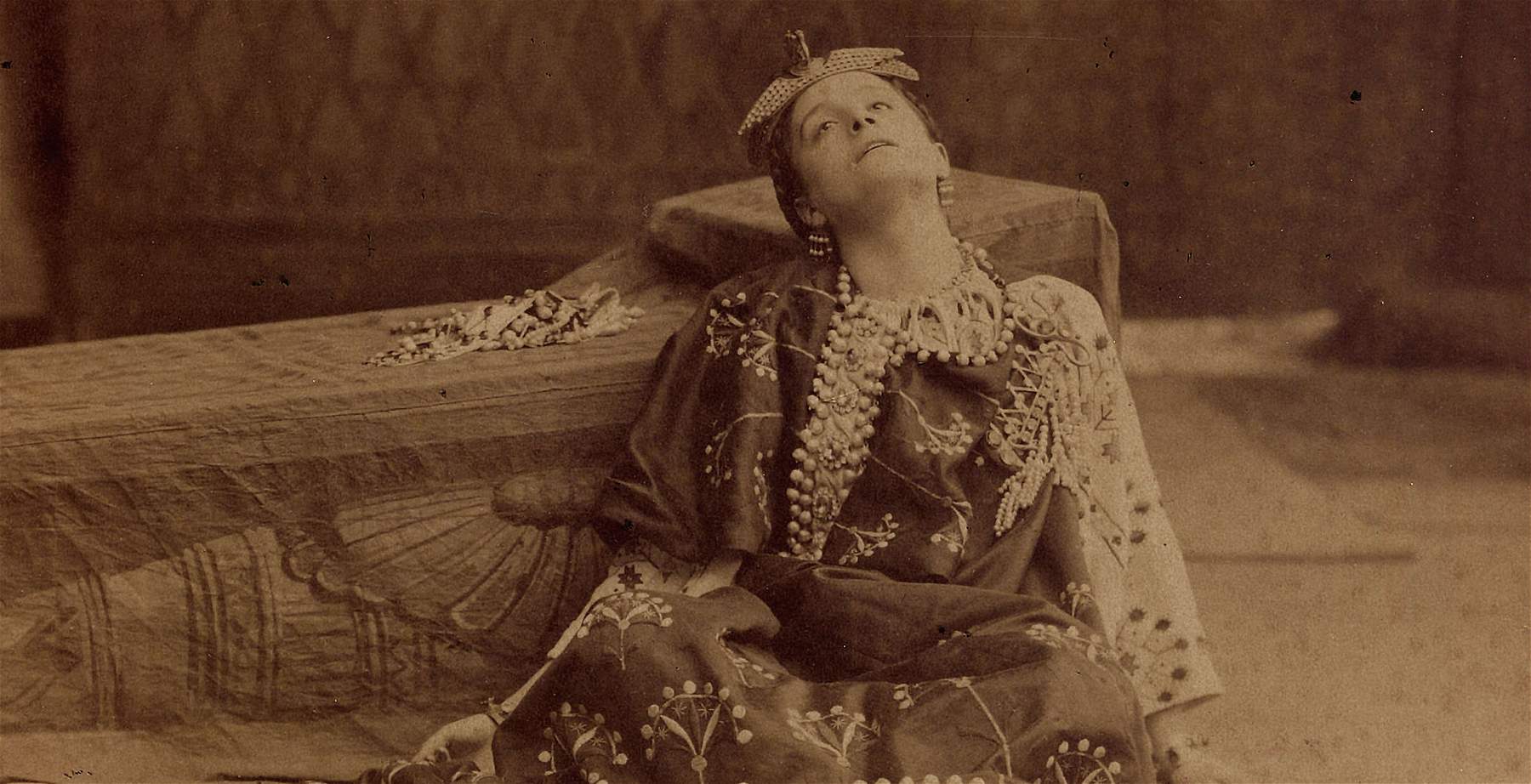 |
| The myth of Eleonora Duse on display in Venice |
Warning: the translation into English of the original Italian article was created using automatic tools. We undertake to review all articles, but we do not guarantee the total absence of inaccuracies in the translation due to the program. You can find the original by clicking on the ITA button. If you find any mistake,please contact us.



























